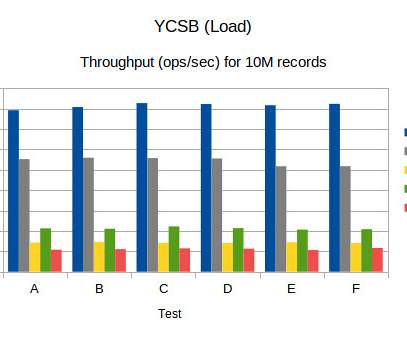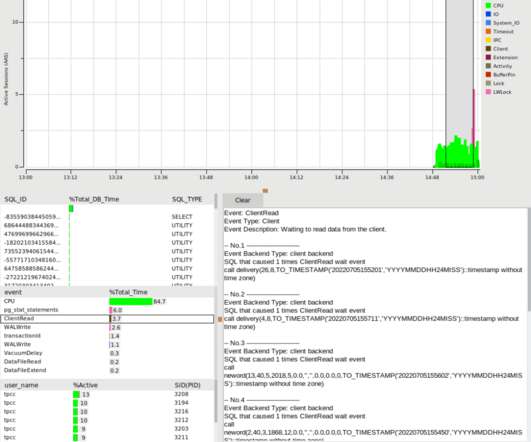Benchmark (YCSB) numbers for Redis, MongoDB, Couchbase2, Yugabyte and BangDB
High Scalability
FEBRUARY 17, 2021
An application example is a session store recording recent actions. Application example: photo tagging; add a tag is an update, but most operations are to read tags. Application example: user profile cache, where profiles are constructed elsewhere (e.g., Run phase is where each db is tested for different test conditions.







































Let's personalize your content